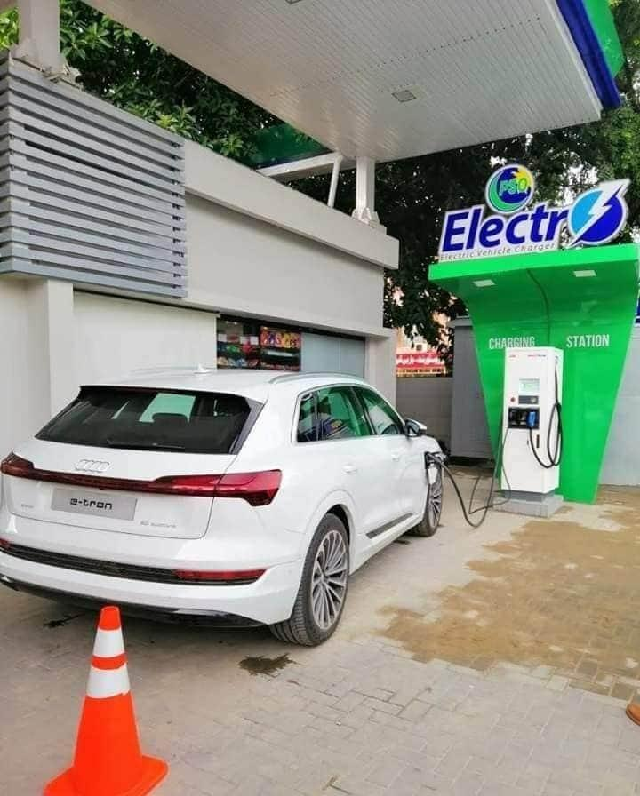
LONDON,/ UTRECHT, NETHERLANDS: As electric vehicle (EV) sales rise, the big question for power grid operators, charging companies and governments is how to run tens of millions of vehicles without crashing local networks or spending billions on grid upgrades.
The answer: smart charging.
Simply put, smart charging software allows EV owners to plug in during expensive peak hours, without the vehicle drawing power until cheap off-peak hours. This eases the strain on the electric grid, makes better use of renewable energy, and saves drivers money.
Without it, millions of EV owners plugging in after work – auditing firm EY estimates Europe will have 65 million EVs by 2030 and 130 million by 2035 – could overload local grids, causing blackouts.
“The shift to electric will be nigh on impossible without smart charging,” Chris Pateman-Jones, CEO of British EV charger company Connected Kerb, told Reuters while demonstrating a pilot project on public chargers in Hackney, a London borough.
Using Connected Kerb’s smartphone app you can set your charging speed, charge time and exact price down to a low, slow “Eco” rate of 19 pence (26 US cents) per kilowatt.
“It’s so much cheaper and simpler,” said Ged O’Sullivan, a 65-year-old pub owner who cut his plug-in hybrid’s charging bill by 30% with Connected Kerb.
Smart charging for public chargers is a significant challenge because so few are available for people who cannot charge at home because they park on the street.
According to a report from EY and Eurelectric, Europe alone will need 9 million public chargers by 2035, up from 374,000 today.
The near future should also bring “bidirectional” or “vehicle-to-grid” charging, where millions of EV owners could sell their EV batteries’ juice back to grid operators during peak hours.
Even in Britain where smart charging at home is widely available, many EV owners are unaware it exists, according to Britain’s energy regulator, Ofgem. In the United States, only a tiny fraction of utilities offer it, according to utility group the Smart Electric Power Alliance.
And few cars today besides Renault and Hyundai’s upcoming Ioniq model are capable of bidirectional charging – though more are coming.
“Most cars, at this point, do not support this bidirectional charging yet,” said Robin Berg, CEO of We Drive Solar, which has supplied hundreds of bidirectional chargers for a pilot project in the central Dutch city of Utrecht and worked with Renault SA and Hyundai Motor Co on their vehicles. “Other carmakers will follow.”
Nearly 20% of new cars sold in the Netherlands and almost 12% in Britain in 2021 were fully electric.
State support has put Norway at the forefront of electrification, where EVs made up almost three-quarters of sales in the capital Oslo. Some local substations were built in the 1950s and without smart charging, Oslo would need massive, costly grid upgrades.
“To handle this we need smart charging solutions because we don’t want to over-invest in the grid,” said Sture Portvik, who heads Oslo’s charging infrastructure efforts.






